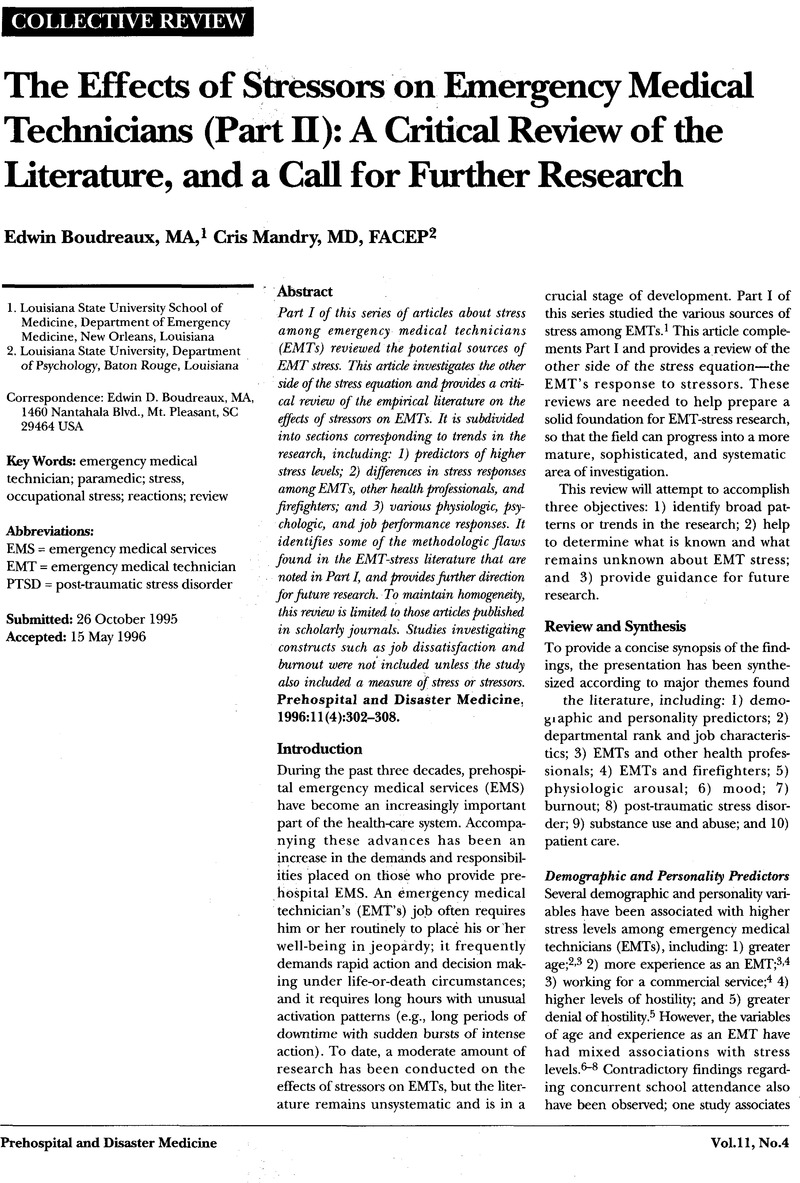Crossref Citations
This article has been cited by the following publications. This list is generated based on data provided by Crossref.
Edward, Lisa
Ibraigheth, Ibrahim
and
Nassar, Majed
2002.
Battir Delivery Clinic: A Response to Impeded Access to Medical Treatment.
Prehospital and Disaster Medicine,
Vol. 17,
Issue. S2,
p.
S57.



